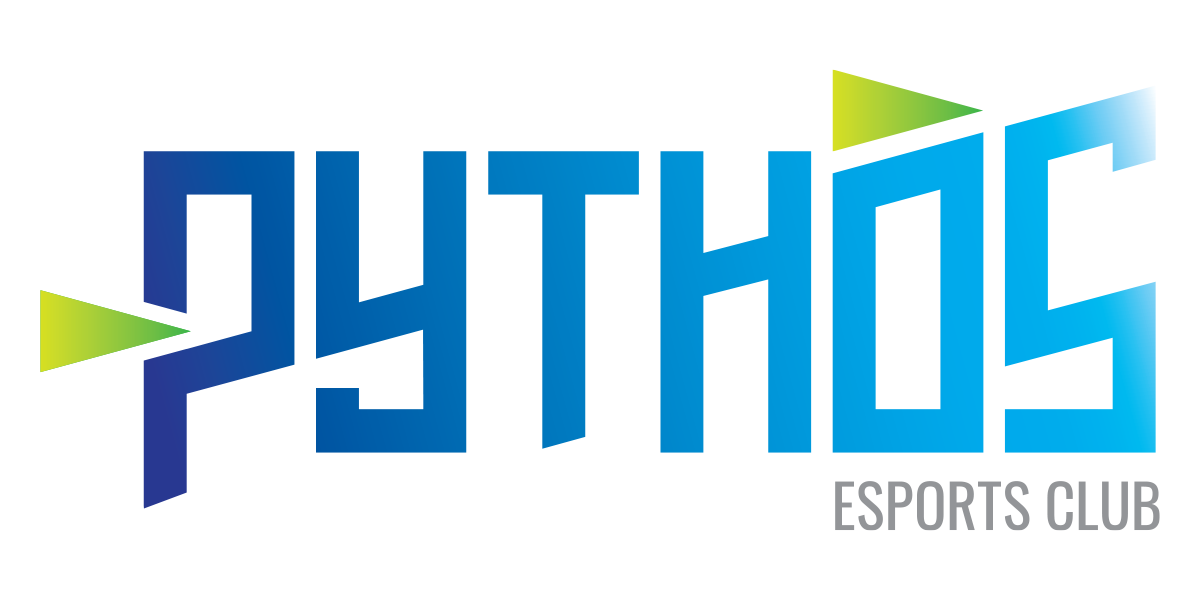09 Jun CS:GO strategies, analysed: A look at how Bayes Esports analyses data using AI
In this piece, Gustav Geissler, Data Scientist at Bayes Esports, details how Bayes analyses CS:GO strategies using AI.
Credit: Valve Corporation
Choosing and executing a strategy can make or break your game. If two teams of equal skill face each other, the teams’ strategies will influence the outcome much more than the individual players’ skills. Strategic thinking becomes even more important when faced with a stronger opponent. While you cannot outplay them mechanically, you might still win by being clever. Playing (and winning!) at a professional level thus requires rigorous pre-game analysis of your own as well as of your opponent’s strategy. This is old news for chess, football, or any other competitive sport, and also holds true for CS:GO.
The state of strategy description
In general, a strategy is a way to approach a problem that will create your preferred outcome. In the context of CS:GO, we see a round win as the goal a team is striving for and the combination of player paths, weapon choices and grenade usage as the strategy they use to achieve it. In this article we will focus on the spatial component only — the routes and positions players choose at the start of each round. For simplicity, we will call this the strategy a team plays.
Positional analysis like this has long been done for most of the classic sports in a categorical way (think of opening moves like the Queen’s Gambit in chess or formations such as 4-4-2 in football). Compared to this, strategies in CS:GO are still being referred to either in descriptive ways (‘Bomb+1 A short, rest A long, smoke mid box’) or with names (‘3+2 B-Split’) that leave a lot of the execution open to interpretation. The way the same strategy is called can also vary significantly from source to source. We at Bayes Esports think it is time to professionalise this part of the game.
Putting strategies into numbers
Think about your average CS:GO map. It has two bomb sites and several ways to reach them from the Terrorist spawn area (in CS:GO, the Terrorist side is the attacking side; the goal here is to plant the bomb, while Counter-Terrorists aim to prevent a bomb plant or defuse it). The attacking team therefore has to decide which bomb site to target, who will carry the bomb and, finally, where each individual player will go. Just as grenade and weapon choices play a big role, the players’ movement paths are perhaps at least equally important to the team’s success in winning a round.
To begin our analysis, we could observe all strategies that have ever been played on a map and assign numbers to them. This would be the simplest approach to putting strategies into a system, but would have almost no value to in-game use because of its lack of descriptive quality. Also, the sheer number of strategies you would need to remember to use this approach makes it practically useless.
Clearly we need a new system that makes the lives of players and coaches easier. Not one that works without numbers, but one in which the numbers have a more descriptive quality and do not require much memorisation. Bayes Esports has come up with one such system that gives a number to any distinct strategy. With relatively little extra information this number alone tells you what the strategy looks like.
Strategy as a sum of paths
When we look at strategies we usually consider how the team moves as a whole. But how important is the individual player for the whole? What if just one player takes a slightly different path — is it still the same strategy? If not, how many players must change their paths to make it a new one? And what happens to a strategy if all players follow the same paths, but the bomb is carried by a different player the next time the strategy is executed?
As we see it, all these details matter. They should thus be made clear by the description of a strategy. So instead of looking at the teams’ movements as a whole, we take it apart to see which individual movements it actually consists of. Then a strategy is nothing more than the combination of all players’ paths. Add an extra path for the bomb movement (as it can be dropped by one and picked up by another player) and you have quite an exact description of what is going on in a round of CS:GO.
Indeed, by analysing tens of thousands of rounds played by professional CS:GO players, we found that almost all (>98%) strategies can be deconstructed into a combination of less than ten different paths that the players take, depending on the map. This sounds like a small number, but the amount of possible strategies that they can be combined into is large. Let’s say, for example, there are four paths to attack a bomb site and all players are randomly picking one of them. That alone (and factoring in the different possible bomb carriers) gives us a whopping 280 different possible strategic approaches for just this one site!
Our system can then describe each of these strategies by using just six numbers: one for each player’s movement path and one for the bomb’s.
Our approach to CS:GO strategies
To detect the played strategy, we trained a Convolutional Neural Network to recognise each individual player’s path. The clustering process divides the pathways found in thousands of rounds into roughly seven to ten clusters, i.e. different paths, and assigns the respective number to them. The strategy of any given round can then be described by the number of the paths taken. This way, any historic and even ongoing game can be analysed.
Example: Dust2
Let’s use Dust2 to get a closer look at how this works. There are eight possible paths that a T-side player can take at the start of a round. We assign them numbers 1 through 8 randomly.
The figure below shows on the left-hand side an aerial view of a Dust2 round. The paths of all Terrorists are plotted in different colours. We can see that the team splits up into two groups, each taking a different path. Even though the individual players of each group move slightly differently, our neural net can detect which path they are taking. We have assigned these paths the numbers 2 and 4. In this example, three players take path number 2 and two players take path number 4. Let’s assume the bomb path coincides with the path of a player choosing path 4 in this example. Then we can describe this strategy with 4-22244, with the bomb movement being the first number by convention. Since we are not tracking individual players, the other path numbers are sorted in ascending order.
A visual representation of T-side player movements during a round of CS:GO. Image credit: Bayes Esports
With our neural network, the process of extracting and labelling these paths can be fully automated. The results of the recognition are shown on the right-hand side of the image above.
We can describe any strategy played on Dust2 in a similar way, no matter which one the players choose. After memorising the numbers attached to the different paths once, analysing T-side strategies on the map becomes a piece of cake.
CS:GO strategies: Statistics on Dust2
Once we have done this for a large number of professional games, statistical analysis of CS:GO matches becomes surprisingly simple. Here are examples of statistical values that might be of interest to players, coaches, and spectators alike, calculated by Bayes Esports. These numbers are only for the Terrorist side of Dust2, using thousands of rounds from professional matches (mostly including the top 30 teams in the world, but also including other teams close to that) over the last 18 months.
22% of rounds are played with the three most used strategies:
A long rush (11% – strategy 3-33333)
A long rush with a diversion at B (7% – strategy 3-33334)
B rush (4% – strategy 1-11111)
80% of all Dust2 rounds can be described with 160 different strategies (combinations of individual paths):
Bomb site A is targeted in 76% of all rounds
Pistol rounds are played as a rush in 31% of the rounds (A: 22%, B: 9%)
In 42% of rounds, four or five players take the same path
The bomb carrier takes a path alone in 17% of all rounds
A visual representation of the three most common T-side paths on Dust2, according to Bayes’s data sample. Image credit: Bayes Esports
But we can go even deeper, cross-referencing strategies with a team’s economy, the round win probability, and other measures. We can look at individual team and player preferences. And of course we can add CT behaviour (in addition to T-sided behaviour) to get a full picture of how two teams play against each other.
Conclusion
This new way of approaching CS:GO strategies makes it easy to systematise and compare them. In contrast to individually named strategies, our numbering system is not open to different interpretations and also does not require us to come up with, and then remember, unique arbitrary identifiers. This is all done automatically. Once the strategies are identified, it opens a door to new kinds of statistical analysis of CS:GO games, be it for the deeper understanding of game mechanics, the preparation for an upcoming match, or more detailed in-round information for esports betting, spectating, and live commentary.
From our sponsor/advertiser
Commercial, CS:GO, Data, Editors Picks, Europe, Features, Games, Insights, Latest News, Markets, Shooters, Bayes Esports, Counter-Strike: Global Offensive, CSGO, esports data analysis, Esports in-game data, Esports moneyball, Esports statistics


No Comments